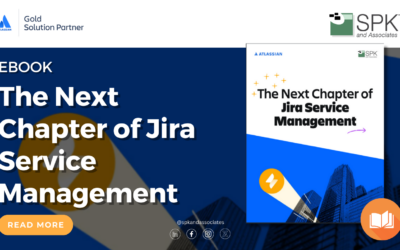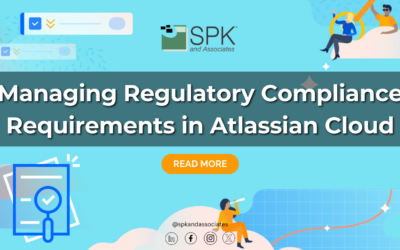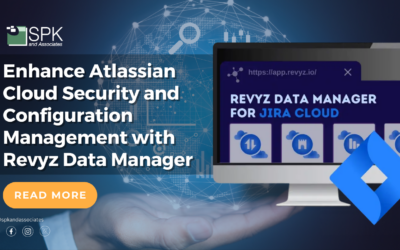Developing new and innovative products is essential for companies to survive and thrive — however safety can never take a backseat to innovation. That is why many companies, like those in the Medical Devices, Aeronautics and Automotive industries, have strict internal quality assurance systems. Externally, the companies also need to comply with quality and compliance regulations set by government bodies such as the Food and Drug Administration (FDA) or the Federal Aviation Administration (FAA).
Such internal and external regulation needs to be necessarily strict and generating the data and reports for such quality checks needs to be comprehensive and quick. When these compliance functions are performed separately from the product development process, excess amounts of time can be consumed to meet the needs of regulatory bodies. This is because the data needs to be collated from different information systems and also involves different time consuming manual processes.
The solution is to use a development and management model which utilizes a single information repository and is capable of generating and collecting data automatically. Such a system is known as Product Lifecycle Management (PLM).
By using a set of integrated tools across all the groups involved in product development and by storing all of the product related information in a single repository, PLM allows an organization to oversee a product for its entire lifecycle, from conception to retirement. In between, the PLM processes capture all the knowledge, decisions and information generated and stores them in a single accessible information system. Traceability from requirements to design outputs to testing is maintained within the system and traceability reporting is easily produced.
Because all the product knowledge is stored in a single information system, many aspects of the compliance functions can be automated. Further still, time isn’t wasted collecting and collating data from disparate systems. This in turn reduces the number of manual procedures performed.
Since PLM is designed to be an end-to-end solution within a single information system, the various contributors to the product development, including those responsible for quality assurance, are able to access any item in the current product knowledge base regardless of who contributed it or its current status. This bridges the gap between product development and regulatory compliance in the sense that the data and information needed for one is available to the other, in both directions.
To ease the workload of compliance functions and to increase efficiency it is essential that a PLM system is implemented professionally in your organization. Training, consultancy and support are key to success. Partnering with product lifecycle management experts — and using PLM tools such as Dassault Enovia — ensures your organization can continue to innovate while guaranteeing quality and regulatory compliance.
Next Steps:
- Contact SPK and Associates to see how we can help your organization with our ALM, PLM, and Engineering Tools Support services.
- Read our White Papers & Case Studies for examples of how SPK leverages technology to advance engineering and business for our clients.







